The island of Isabela is as pretty as it sounds. Shaped like a seahorse, Isabela is the largest of the Galapagos archipelago. Across its 4,558 square kilometers lies six sleeping volcanoes. Much of this island is rough and cracked, but at the southeast end below the gaze of the Sierra Negra volcano rests a smalltown called Puerto Villamil. This is where we spent days five and six of our trip.
No where have I ever seen such a pristine beach. The beach I saw in Cuba was clean and beautiful, but still choked with people. This Pacifc-kissed beach was God’s little secret–untouched by hungry realtors. It’s what I imagine Hawaii must’ve looked like a century ago. Even though Mike and I missed Starbucks and the whole concept of walking with coffee (which they don’t appear to do in Ecuador), we were relieved to see it hadn’t found its way here.
Swirls of black volcanic rock circle the beach, and it was here that we found a blue-footed booby with a broken wing. Back in November, to prepare Anna for this trip, we had purchased a BBC documentary DVD about the islands, and the film featured a blue-footed booby dying from a broken wing. This bird was still standing, but as we walked by, I wondered how much longer it had to live, and Anna held out hope that the booby would “feel better soon.”
Blue-footed boobies were there at our arrival to Isabela. As our boat pulled up to the dock, we discovered we were parking in the midst of dinner. About two thousand boobies circled overhead while thousands of fish huddled below the pier probably freaking out. It was exactly as we had seen in the BBC documentary–the boobies start to circle, and then circle slower, and slower, until suddenly they nose-dive into the water to feed. Thousands of them just plummet simultaneously–thousands of bird bullets pelting the water.
While the blue-footed boobies dined, we made our way to our hotel to find our own food. We stayed at Hotel San Vicente. I’d tell you that you could find this hotel because it’s the one on the street made of sand, but all the dozen or so streets criss-crossing through Puerto Villamil are made of sand. A lot of families in the Galapagos raised chickens in their backyards, and occasionally we would see a lonely, but bold chicken crossing the sandy road. It’s also the only road I didn’t mind Anna standing in because there was no threat of traffic.
We also found Nemo at Isabela. Anna was happy to see something she recognized. Here she is wearing her brand new bathing suit that features cutesy flowers and a caption in Chinese we have yet to decipher. Hopefully the caption doesn’t say something like “America sucks.” We bought it in San Cristobal for $10 when we realized our luggage wouldn’t be enjoying the trip with us. In the end, it proved easier because we didn’t have to lug six bags on and off boats, and Anna got to live in a blue bikini for a week.
You can’t visit the Galapagos and not see animals, painted or live. They’re everywhere. This mural appeared inside a church in Puerto Villamil. Sadly, the flamingoes weren’t in town when we were there, so we can only claim to have seen flamingoes at the zoo and on this mural. Crabs were everywhere along the shore.
I met these two guys while heading out to snorkel at what’s called Las Islas de los Tiburones or Islands of the Sharks, a handful of jagged pitch-black lava grottoes that were a 15-minute dinghy ride from the pier where we saw the kamikaze blue-footed boobies. Iguanas were everywhere on these rocks. We even saw two fighting igunanas–again, animals reinacting what we had seen on the nature documentary. (It’s all true, guys!)
I have never snorkeled before. Mike snorkeled at Montego Bay, reported back that he didn’t see anything, so I didn’t bother going in. But marine life was teeming beneath the water’s calm surface here, so I waded into a very shallow mangrove that was being stirred by both icy cold and tropical warm currents.
This will go down as one of the most amazing experiences of my life. I swam with white-tipped sharks, countless fish, marine iguanas, and even a sea lion. I slipped into a whole new world and now I can’t wa
it to go back.
I’m not the only one. Geoff, our Galapagan guide and now our cousin-in-law, explained to us that in less than five years, Isabela would change. Its secret is out. Maybe the roads won’t be sandy anymore, but paved. The beachfront will become bogged down with condos and hotels. More tours and tourists will arrive and demand more luxurious lodgings. Our hotel room was four beds, a TV, and a shower. Breakfast was always included, and always featured the standard scrambled eggs, rolls, and pink jams we had come to love. Instead of steaming cafe con leche, most places around Isabela served instant coffee which sat on the tables of most restaurants. Two nights at Hotel San Vicente cost our family a grand total of $64. It was rustic and wrinkly–a place that had yet to be smoothed over by 21st century whims and demands. I want to return and visit Puerto Villamil again. Will it be as beautiful or will its beauty simply have changed? I hope to see the answer.
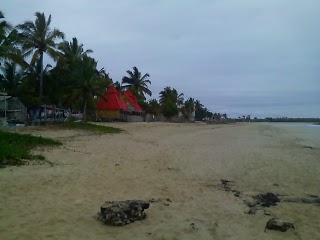
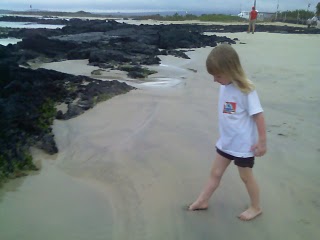
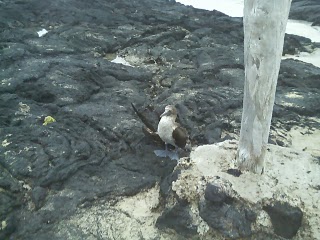
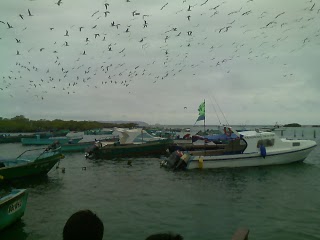

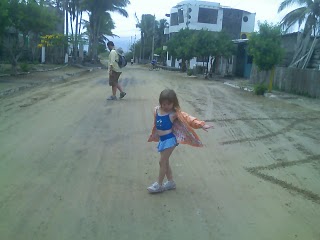
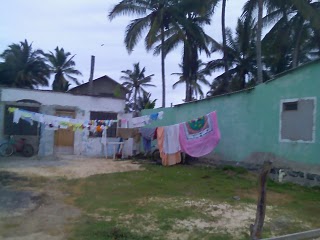
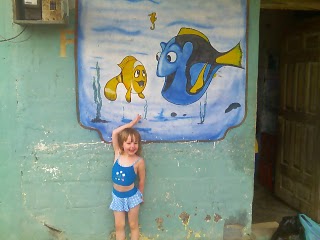
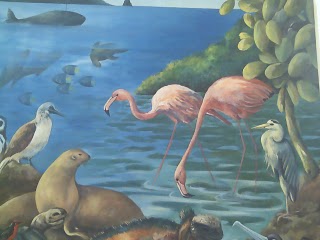
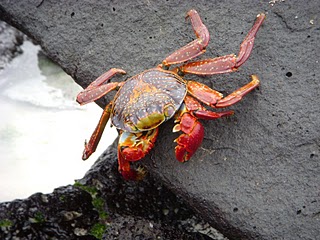
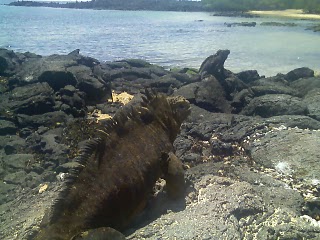
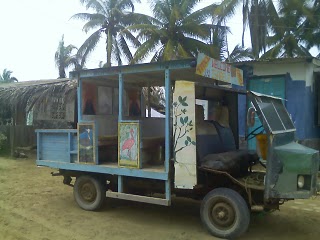
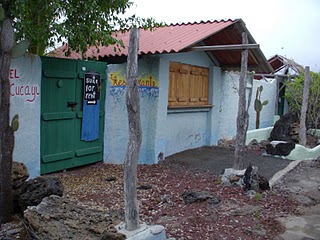
Such a precious time and experience. Thanks for sharing the update!